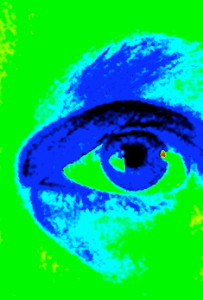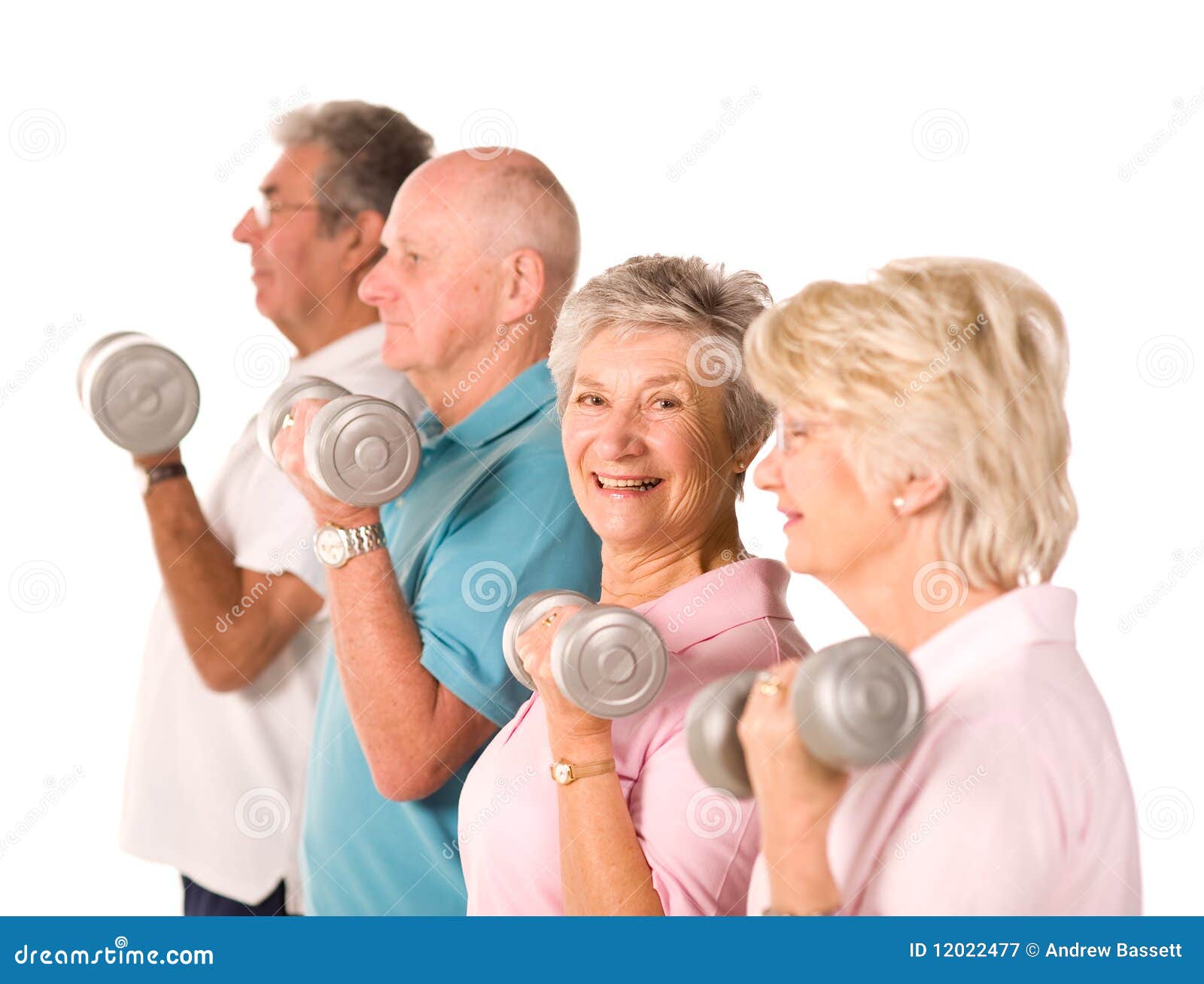Most people may not have heard of metabolic syndrome, but that is likely to change. Once known mysteriously as Syndrome X, the condition, a precursor to heart disease and type 2 diabetes, is about to be transformed into a household name by the US pharmaceutical industry and its partners in the medical profession. A society dedicated to addressing the condition has been organized, a journal has been started, and an education campaign launched. Patients are already being tested for metabolic syndrome. As the trade publication Pharmaceutical Executive said in its January 2004 issue: “A new disease is being born” (Breitstein, 2004).
...industry has found itself under fire from detractors who contend that, in the pursuit of profits, companies are in league with medical doctors and patient advocacy groups to 'disease monger'...
The situation is reminiscent of the attitude towards cholesterol. Twenty years ago, physicians were not concerned about the effects it might have on heart disease. Today, thanks to efforts by pharmaceutical companies, high cholesterol levels are now recognized as a major health problem. In fact, IMS Health, a global healthcare information company, reports that the two best-selling drugs in 2004 were statins: Lipitor® (atorvastatin calcium) from Pfizer (New York, NY, USA)—valued at US$10.6 billion with growth of 13.9% over the previous year—and Zocor® (simvastatin) from Merck (Whitehouse Station, NJ, USA).Pharmaceutical Executive noted: “The emergence of cholesterol reduction as a market was a major event for pharma. Metabolic syndrome promises to be as big or bigger” (Breitstein, 2004).
However, critics note that not every new disease for which the pharmaceutical business provides a drug is necessarily a major public health problem, but rather a venue for drug companies to increase revenues. Pharmaceutical companies research, develop and exploit drugs to prevent, control and cure diseases and treat symptoms. Companies then market these medications to recoup their investments and reward shareholders. It would seem to serve the interests of society, but some critics characterize it as a vicious circle in which businesses invent new diseases to match their existing drugs. Increasingly, industry has found itself under fire from detractors who contend that, in the pursuit of profits, companies are in league with medical doctors and patient advocacy groups to 'disease monger': convince people that their usually mild ailment urgently needs drug treatment.
The late medical journalist Lynn Payer addressed the issue in the early 1990s in her book Disease-Mongers: How Doctors, Drug Companies, and Insurers Are Making You Feel Sick. She wrote: “Disease-mongering—trying to convince essentially well people that they are sick, or slightly sick people that they are very ill—is big business.... Disease mongering is the most insidious of the various forms that medical advertising, so-called medical education, and information and medical diagnosis can take.” Similarly, Arthur Caplan, Professor of Bioethics at the University of Pennsylvania, Philadelphia, USA, last December told the popular American TV programme 60 Minutes, “If you want to stir up worry in the public, and you've got the advertising dollars to do it, you can turn almost anything into a disease.” The focus of the 60 Minutes report was the recent emergence of a market for adult attention deficit disorder (ADD)—the traditional view was that ADD afflicted only children who would eventually outgrow it.
Critics such as Payer and Caplan maintain that the routine human condition...is increasingly being re-defined as disease...
Critics such as Payer and Caplan maintain that the routine human condition—unhappiness, bone thinning, stomach aches and boredom—is increasingly being re-defined as disease: depression in its milder forms, osteoporosis, irritable bowel syndrome and attention deficit disorder. Likewise, risks factors, such as high cholesterol and high blood pressure, are declared diseases in their own right—hyper-cholesterolaemia and hypertension—with falling thresholds resulting in more people considered to be sick. In other cases, drugs approved for devastating illness, such as clinical depression, are indicated for milder conditions, such as shyness, which is now dubbed 'social phobia'.
One such example is Strattera® (atomoxetine hydrochloride), developed by Eli Lilly & Co. (Indianapolis, IN, USA) and approved in November 2002 by the US Food and Drug Administration (FDA) for treating ADD in children, teens and, for the first time, adults. One Lilly advertisement shows a series of photographs of an uptight-looking model, and asks in the headline: “Distracted? Disorganized? Frustrated? Modern Life or Adult ADD?” The advertisement notes that adult ADD can go undiagnosed because “its symptoms are often mistaken for a stressful life.” The commercial suggests that readers get checked out by their physician, because Strattera®, the first approved medication for adult ADD, can help “you stay focused, so you can get things done at work and at home.”
“I certainly have watched adult attention deficit disorder start to spread out from the first grade/kindergarten crowd right up to adulthood. I am suspicious because I think that this expansion is fuelled by Lilly and Strattera®,” Caplan commented. “I don't like the way their website [suggests that] people go pester their doctor if they have problems waiting in lines or get frustrated being put on hold on the phone.” Lilly did not respond to a request for comment.
Adult ADD has been a favourite target of the critics. But psychiatrist Peter Jensen, a mental health researcher at Columbia University (New York City, NY, USA), concedes there is a dearth of epidemiological research on adult ADD, which can be a real condition that impairs and disables people. “Pharmaceutical companies are businesses that are out there to make money and sell things. But saying that diseases are invented seems a little over the top. [Companies] certainly spread information and increase awareness, but you can't sell it to the FDA that way,” said Jensen, who serves on the governing board of Children and Adults with Attention–Deficit/Hyperactivity Disorder (CHADD; Landover, MD, USA), a non-profit patient support group. “Illness is defined in a social context. Value systems are inherent in medicine. With adult attention deficit disorder, some people whose brains are easily distracted are [annoyed] at being labelled [and] will say that they are just high energy and creative; others will be thankful they were diagnosed, treated and had their attention span restored to almost normal.”
...it is not only companies who are to blame, but also physicians who diagnose a disorder and prescribe a drug, as well as patients who feel that they have a serious disease that needs treatment
Not surprisingly, the pharmaceutical industry does not buy the 'disease mongering' critique. “Our [industry's] job is to look for cures, not to create disease. It's up to the medical community to develop new diagnostic tools and ways to evaluate patient response,” said Alan Goldhammer, Associate Vice President for Regulatory Affairs for Pharmaceutical Research and Manufacturers of America (PhRMA), an industry trade group based in Washington, DC, USA. He maintains that drug regulators, such as the FDA, approve drug therapies on the basis of clinical trials. “One can argue you can't do a clinical trial because if it's not a disease, it's unethical to treat people with a drug if you're not going to come up with any potential benefits. There are a number of checks and balances throughout the development process that are totally external to the pharmaceutical companies.”
Critics maintain that it is not only the pharmaceutical industry that has a role in the creation of new diseases, although they certainly fuel the process. For this reason, Australian journalist Ray Moynihan, a visiting editor at the British Medical Journal and co-author of the forthcoming book Selling Disease: How Drug Companies are Turning Us All into Patients, describes the process as 'corporate-sponsored drug creation' because it also involves physicians and patient groups. “There are informal alliances of doctors, drug companies and increasingly patient groups that help to widen the boundaries of illness in order to widen markets for those selling treatments. Often this process is driven by the medical profession, but it's driven with fuel provided by the drug companies,” he said. Nevertheless, drug companies have an important role in the process. “The meetings where these disorders are defined and expanded are all drug-company funded,” Moynihan said. “Drug company activity lubricates this process, but it's often not corporate executives in the driving seat. Often it's the so-called thought leaders at the top of the tree in their profession and in their specialties.”
Furthermore, it is not always obvious where the border should be defined between a mild symptom and a disorder that needs medical attention. “I wouldn't draw such a clean line between manufactured and real diseases,” said Joe Dumit, Associate Professor of the Anthropology and Science-technology Studies' Programme at the Massachusetts Institute of Technology (Cambridge, MA, USA). He has been studying the topic of disease creation as part of his work on how patients with controversial sociomedical conditions, such as chronic fatigue syndrome, Gulf War syndrome and multiple chemical sensitivity, organized themselves to obtain research funding from the US National Institutes of Health. Dumit found that when patient groups were backed by pharmaceutical companies, such as patients with ADD and post-traumatic stress disorder (PTSD), the character of the debate changed entirely. “When Zoloft [®; sertraline hydrochloride] was approved [in 1999 for PTSD], almost every article that came out about PTSD now more or less no longer questioned the existence of the disease, but instead talked about the treatment and whether [PTSD is] underdiagnosed or overmedicated,” he said. In addition to forming alliances with patient groups, drug companies also attempt to “maximize the detectable prevalence of conditions as part of the economic rationale for growing the market for the medications,” said Dumit. “Once you decide on a threshold like a cholesterol level or an amount of irritation in your bowels, and once you decide there's a drug that could reduce that in a population, they have a strong incentive to market to that whole population.”
One such example is social anxiety disorder, better known as shyness. GlaxoSmithKline (Uxbridge, UK) had the indications for its antidepressant Paxil® (paroxetine hydrochloride) extended to treat social anxiety disorder, an extreme form of shyness marked by fear of public speaking, eating in front of others or using public bathrooms. The FDA approved this new indication in October 2003. However, “shyness is a new disease invented by Glaxo,” said Sidney Wolfe, executive director of the Public Citizen's Health Research Group (Washington, DC, USA). “In a pathological way I'm sure that people are so shy it can be a disease. It can be a real downside for people. A lot of these people are depressed. A number of these people are shy because they have been physically or sexually abused when they were younger. Shyness is generally a symptom of something else and to gloss over finding the cause and to just throw a drug at someone is doing a disservice.” GlaxoSmithKline did not respond to a request for an interview.
In the end, it is not only companies who are to blame, but also physicians who diagnose a disorder and prescribe a drug, as well as patients who feel that they have a serious disease that needs treatment. “What you have in social anxiety disorder is senior clinicians who are often connected with [several] different drug companies promoting this almost as a horrifying psychiatric disease,” Moynihan explained. He therefore lays some blame on the medical profession if they are not forthcoming about these connections. “I just don't think you can be credible when you're taking money from drug companies. And often when these [experts] are communicating with the public, the public does not know of those ties,” Moynihan said. “This is the marketing of fear. This is not a healthy way to run a society. It's putting disease at the centre of human life.”
The USA is the epicentre for both drug and drug-marketing innovation. In addition, it is the only developed country apart from New Zealand that allows direct-to-consumer advertising for medications. According to Moynihan, consumers are exposed to an average of ten drug advertisements per day on news programmes, sitcoms and soap operas, which has a major impact on their view of disease. “The drug ads are changing perceptions of human ailments and conditions and experiences,” he said. Referring to the process in which disease prevalence is maximized, Moynihan cited GlaxoSmithKline's campaign to market Paxil in the late 1990s, when pamphlets were distributed suggesting that one in eight Americans had social anxiety disorder. “One in eight Americans! This is clearly an absurd fiction. The point of that is to try and make ordinary people feel sick,” Moynihan said.
It's not healthy for children or adults to sit in front of a wall of drug-company promotion every day that tells healthy people they're sick.
Although other developed countries may not have direct-to-consumer advertising, they are not immune to the influence of marketing campaigns. “This is a global phenomenon,” Moynihan said. “In other countries, you can't advertise drugs direct to the public, but you can run and sponsor disease awareness campaigns and that's what they see in Europe and Australia.” In fact, in the autumn of 2003, Germany's largest weekly news magazine Der Spiegel devoted a cover story on the topic, based on German science journalist Jörg Blech's book Die Krankheitserfinder (The inventors of disease), which analyses how the pharmaceutical industry invents new diseases to increase sales of their drugs.
Jerry Avorn, a medical professor at Harvard University and Chief of the Division of Pharmacoepidemiology and Pharmacoeconomics at the Brigham and Women's Hospital (Boston, MA, USA), is a long-time critic of the drug industry's marketing practices. However, he is also sceptical of the social critics: “The reason we're not still using leeches is we base our decisions about drugs on well done clinical trials of what works and what doesn't. Nothing that comes out of the realms of anthropology or philosophy matters much if the science isn't taken into account.” According to Avorn, there are two extremes in the discussion: those who overpromote the pill-for-every-ill philosophy and nihilists who view diseases as being invented. “The truth is somewhere in the middle,” he said.
Faced with increasing costs for healthcare services to cover drug prescriptions, politicians have also begun to investigate the issue of disease mongering. In 2004 and 2005, the British House of Commons held hearings on practices of the pharmaceutical industry, including disease mongering. In March 2005, the House of Commons Health Committee published a report, The Influence of the Pharmaceutical Industry, in which it expressed concerns about the effects of “medicalisation of our society—the pill for every problem.” The committee did not blame this trend solely on the pharmaceutical industry, but rather said the industry has encouraged it by acting as a “'disease monger', with the aim of categorising an increasing number of individuals as 'abnormal' and thereby requiring (drug) treatment. This process has lead to an unhealthy over-reliance on, and an overuse of, medicines. It also diverts resources and priorities from more significant disease and health problems” (House of Commons, 2005).
To increase people's awareness of disease mongering, Moynihan called for “a more robust conversation” on regulation. “The disease-awareness campaigns need to be seriously regulated. It's not healthy for children or adults to sit in front of a wall of drug-company promotion every day that tells healthy people they're sick,” he said. “I actually think quite strongly that there must be a conversation about how or if to regulate this. I think that's extremely unlikely [in the USA] in the near future. I think the Europeans are a little more civilized about this stuff. And in fact the Europeans recently rejected loosening the rules on advertising.” As governments and public healthcare systems are increasingly confronted with the high cost of medications, no doubt the issue of medicalization and disease mongering will become even more important in future debates.


![Smile... there is always a way to find balance! [Photo by Wylan Werth]](https://images.squarespace-cdn.com/content/v1/55ec7242e4b01fb4a6f066c0/1489351395718-G3T6KPJUJ89N0XAS6IFV/image-asset.jpeg)

























 Checking out "Lesson One and Assignments" on Wise Woman University:
Checking out "Lesson One and Assignments" on Wise Woman University: